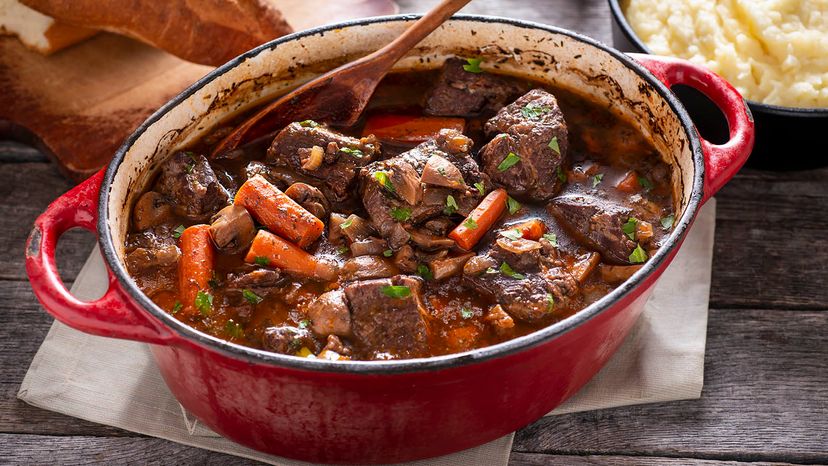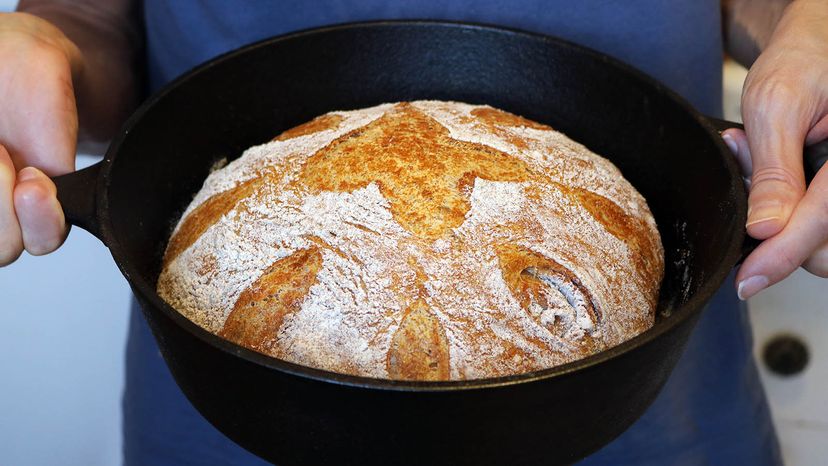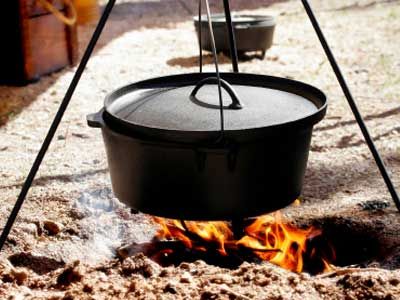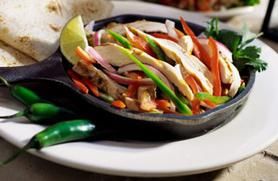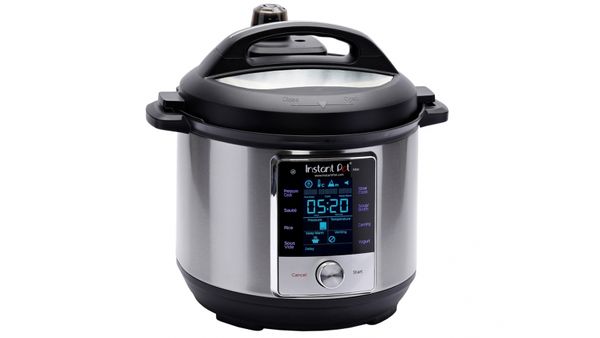So now you're intrigued and think you need a Dutch oven, there a couple of popular brands that dominate the scene. Lodge and Le Creuset are two of those trusted brands. What's particularly interesting about why these two are tops is the material they're made of: enameled cast iron.
Enamel and enamel-coated cast iron are widely viewed as more versatile, easier to clean and better for achieving an even temperature, so keep that in mind.
You also need to consider size. A 5- to 6-quart Dutch oven is large enough for preparing meals for about two to four people. If you typically cook for more than that, consider a 7-, 9- or even 13-quart. (Just remember, though, the bigger they are, the heavier they will be, especially when filled with food.)
What about cost? Here's a little tip you can apply to almost every kitchen appliance: The higher the price usually means the better the quality. That applies to Dutch ovens, too. Think of it this way: You can buy one $90 Dutch oven twice during your lifetime or spend $200 on a Dutch oven that you can pass down to your children's children.
Start at the top and get one from a trusted company like Le Creuset, Lodge or Great Jones. Le Creuset tends to be on the pricier side, but this 2-quart Dutch oven (which serves one to two) starts at $230, while this 6-quart "Dutchess" from Great Jones goes for just $155.
